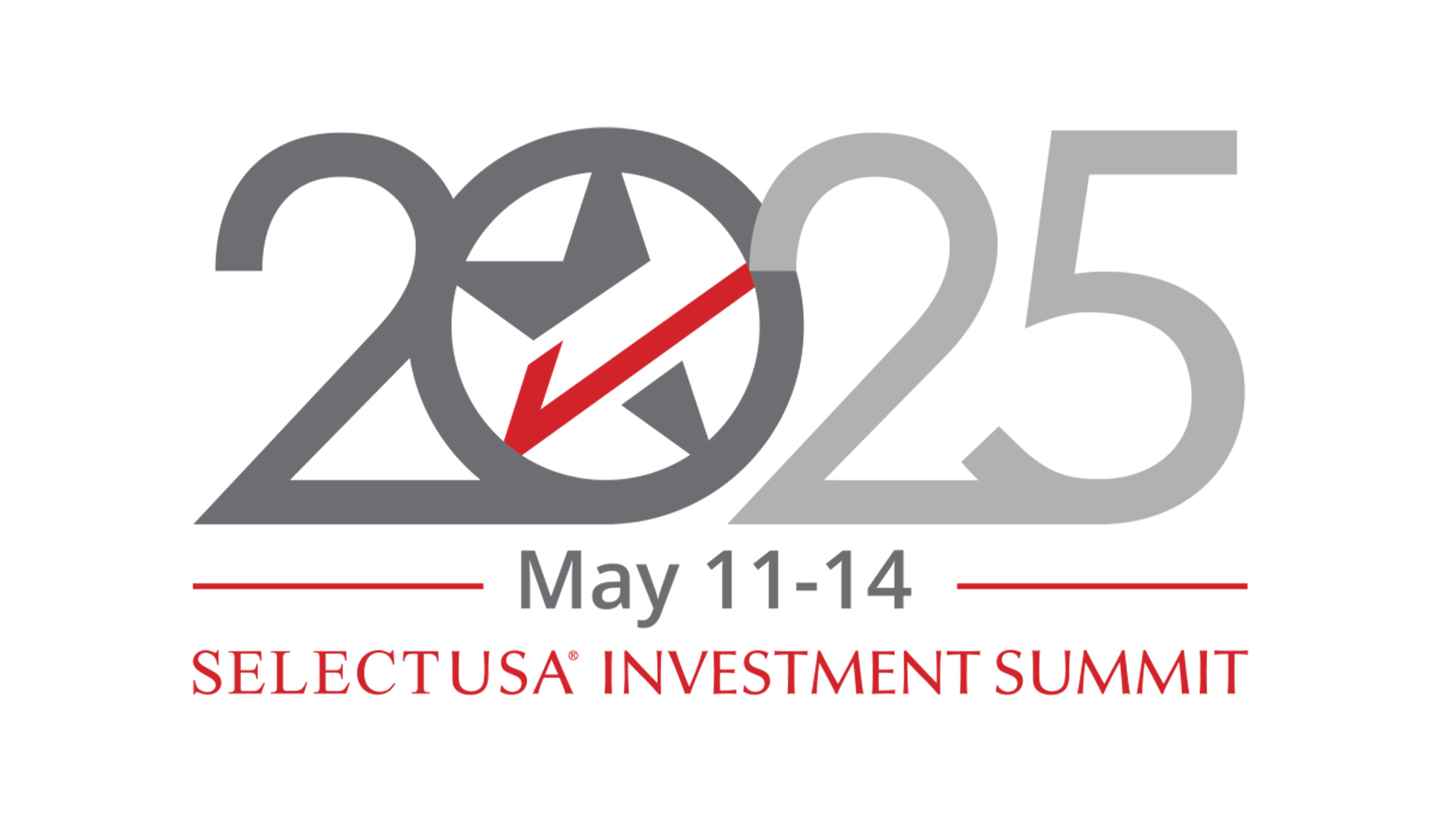The Bureau of Labor Statistics released US jobs data for June 2018 on July 6.
The data on jobs in the United States were mixed and here is the summary of the June 2018 Jobs Report:
- The majority of the job creations in June 2018 were in high-paying sector which includes healthcare and professional services, and manufacturing.
- The jobs report was higher than that of what economists had hoped and expected for and the unemployment rate is still lowest since April 2002 when it rose up again to 4.0% on June 2018.
- The labor force participation rate increased by 0.2% to 62.9% in June 2018 from 62.7% in May 2018.
- The jobs generated did not increase average hourly earnings as much as expected, as the increase appears to be driven mostly by an increasing quantity of overtime hours, especially in the manufacturing sector.
According to the Bureau of Labor Statistics, the United States economy created 213,000 non-farm jobs in June 2018 and by over 2.4 million the last 12 months. This outperformed economist predictions of 195,000 payroll additions. Healthcare, manufacturing, professional and technical services, and construction were where the majority of the jobs were created. On the other hand, employment in retail declined with the loss of 22,000 jobs, largely offsetting a gain in May 2018 (+25,000).
The unemployment rate rose by 0.2%, which equates to 4.0% in June. Among the major worker groups, the unemployment rate for adult women increased to 3.7% in June 2018. The jobless rates for adult men also rose to 3.7%, teenagers decreased to 12.6% from the previous 12.8%, unemployment for Whites remained at 3.5%, Blacks or African American rose to 6.5% from the previous 5.9%, Asians’ unemployment rate rose to 3.2% from previous 2.1%. However, Hispanic unemployment decreased to 4.6% from its previous 4.9% over the month of June 2018.
The increase in the unemployment rate looks pretty notable at first glance, however, the increase is driven by an increase in the labor participation rate. Therefore, a large number of people started looking for jobs. The number one reason for an increase in labor force participation is that people learn of strong hiring opportunities in finding work through social media, websites, television, and ads but have yet to find gainful employment.
The average workweek for all employees on private nonfarm payrolls was unchanged at 34.5 hours in June while average weekly earnings increased by $2.76 from May’s $929.09 to $930.81 in June.
Therefore, while job additions and wage growth came in above expectations, a rise in the unemployment rate coincided with President Trump being quiet about the jobs report on Twitter. Last month, The President tweeted out indications about a strong jobs reading, which caused a stir among economists, investors and other stakeholders but no tweets in June or July. The most worrying piece still remains the muted wage growth, which could have a wider impact.
To read more on this, please click this link: https://www.bls.gov/news.release/pdf/empsit.pdf
About AngelouEconomics:
AngelouEconomics has worked with numerous professional and business associations in building dozens of unique economic impact studies among other types of projects including site selection projects as well as strategic economic development projects. Some projects have examined the effects of statewide policy measures, such as the Texas Bathroom Bill or ban on Sanctuary Cities. Other projects have measured the contribution of member networks in terms of jobs, wages, and total economic output. Like this study for Prospera, a nonprofit organization which specializes in providing bilingual assistance to Hispanic entrepreneurs in Florida. Economic impact studies are effective tools for quantifying and illustrating the value of individual professional and business associations. They are versatile, as they can illustrate the value or impact of a specific policy or quantify the economic contribution of your members to the local, regional, and nationwide economies.
Want to Learn More?
If you would like to learn more send us an email at info@angeloueconomics.com














